A Doll’s House at the Duke of York’s Theatre
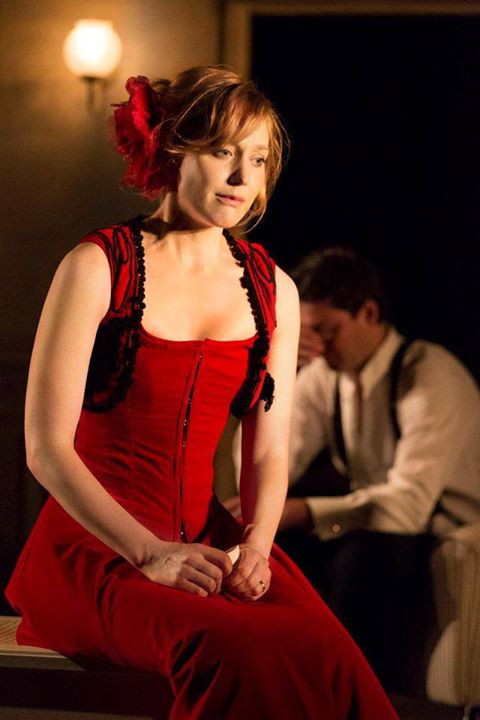
Acknowledged as the world’s most performed play, and considering its social importance, Ibsen’s A Doll’s House can’t be easy to stage. When first published and brought to life in the theatre in 1879 the play caused a fuss, though the playwright later denied any intention to generate propaganda. Those were hard times for women, still merely seen as “angels of the house”, so A Doll’s House’s implicit message was perceived as revolutionary. But have things changed in over a century? Feminism is of course still a very fashionable subject nowadays, and this production of the play is the third in London in a year.
Designer Ian Macneil has devised a clever revolving set at the Duke of York’s, which enables us to see several scenes taking place at the same time. The entire story unravels in the Helmers’ house; none of the characters involved venture much farther than from one room to the next, though of course some of them have a life outside the domestic walls.
Directed by Carrie Cracknell, with Hattie Morahan as Nora and Dominic Rowan as Torvald, the surrounding supporting characters try to infuse some comedy into the shadowy world they inhabit. All have skeletons in their closets whose emergence will link several events building up to the final climax. There’s no pause: when a door closes another one opens, lights and sounds keep the rhythm quite sustained – yet the play is somehow boring.
Here, it is often the actors’ interpretation that really lacks depth and authenticity. Morahan’s expression – with her perpetually void, wide open eyes staring into nothingness as if she has seen a ghost – suggest that she’s physically present but mentally somewhere else. The actress should of course convey Nora’s anxiety, but this depiction looks rather like Munch’s Scream almost throughout the show, and Nora seems without verve rather than preoccupied. The subtle tone in Morahan’s voice could sound naïve and submissive, but the result is irritating instead. As she grows bolder, she shifts to a somewhat weird, persistent grumble, as if she has a meatball in her mouth. Even when she takes a stand and forces some strength out of her fragile body and soul, she’s not particularly convincing. Nonetheless, all of this could arguably be intended as reflective of Nora’s weak, unconscious flair.
Rowan sometimes falters but improves as the play draws to its end.
Cracknell’s production of The Doll’s House is overall uncomfortably fragile, like a house of cards ready to fall to pieces.
Rita Vicinanza
Photo: Johan Persson
A Doll’s House is on at the Duke of York’s Theatre until 26th October 2013. For further information or to book visit the show’s website here.
Watch the official trailer for A Doll’s House here:



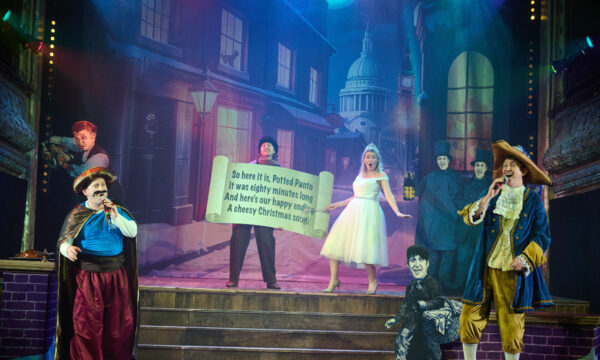



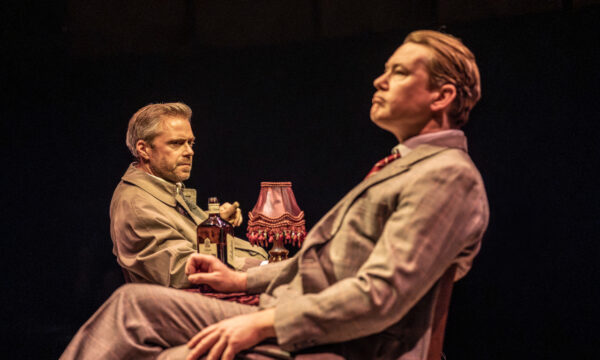
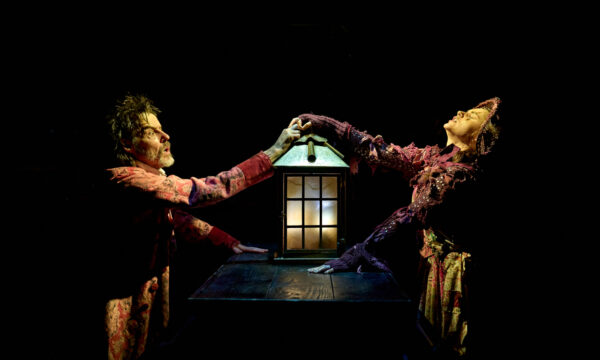
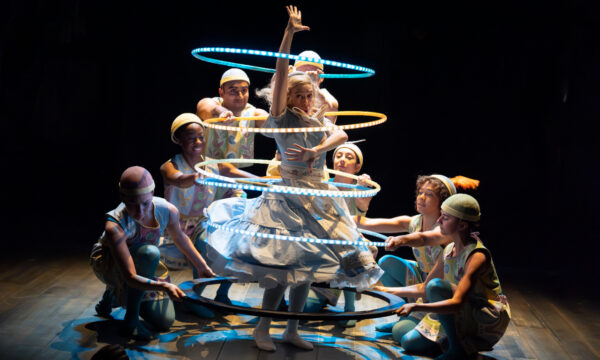















Facebook
Twitter
Instagram
YouTube
RSS